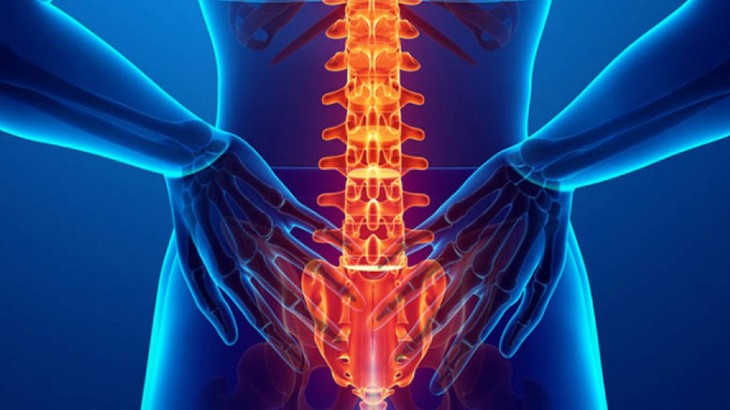We’ve got your back

Back pain is very common, with around one in three of us getting it every year. Back pain is the most common cause of musculoskeletal ill health and absence at Royal Mail.
It’s usually the lower back that’s affected. Lower back pain doesn’t normally have a serious cause and in most cases the pain will improve within four to six weeks. However, for some, back pain can continue for many months or even years.
Although almost half of the UK population suffers from back pain at any given time, it is not normally serious and there is a lot that can be done to both prevent and reduce it. It’s usually difficult for doctors to say exactly what’s causing back pain. This is because there are so many different parts to your back and tissues that surround it.
Your back has many connected parts, including bones, joints, muscles, ligaments, nerves and tendons. Your spine supports your back and is made up of 24 separate bones called vertebrae. Below these are the bones in your sacrum and coccyx, which are at the bottom of your spine.
Between the vertebrae are discs that act as shock absorbers and allow your spine to bend. Your spinal cord, which threads through the vertebrae carrying nerve signals between your brain and the rest of your body, ends in your lower back, and continues as a bunch of nerves known as the cauda equina, or horse’s tail’.
Click here to access some guidance on a series of exercises designed to stretch, strengthen and stabilise the structures that support your back, helping to reduce the effects of back pain.
Colleagues can also visit SuccessFactors to access an e-learning module on Musculoskeletal disorders.
An overview of the training course is detailed below:
- What musculoskeletal disorders are and their relationship with work and lifestyle
- How to prevent people from developing musculoskeletal disorders and how to help them get better more quickly if they do develop problems
- Where to get support and further information.



